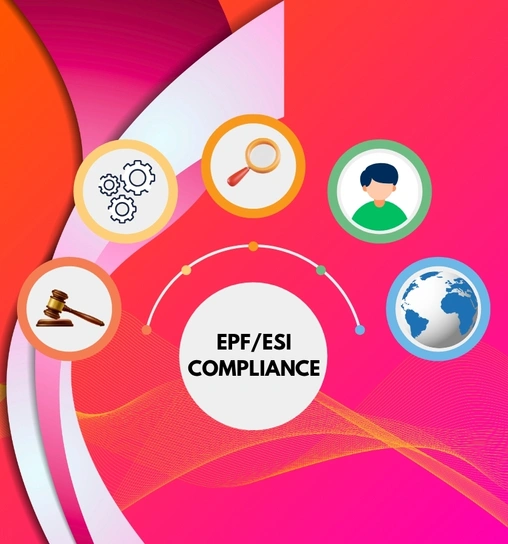The Employees’ Provident Fund (EPF) is a retirement benefit scheme regulated by the EPFO (Employees’ Provident Fund Organisation). Employers with 20 or more employees must register and contribute a fixed percentage of salaries towards employees’ provident fund accounts.
